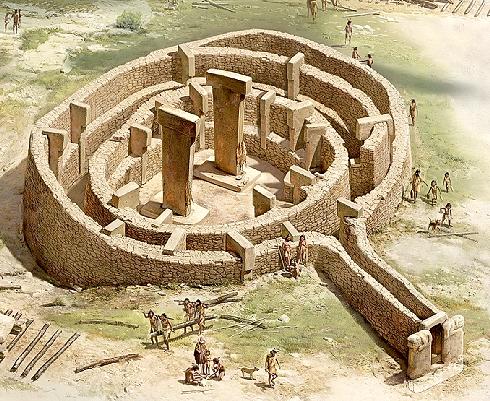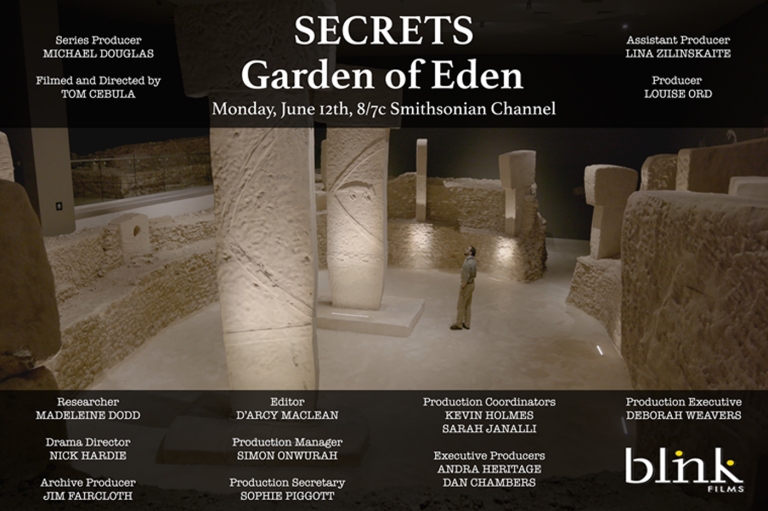https://motherboard.vice.com/en_us/...i-tepe-skull-cult-ancient-ruins-temple-ritual
The site, known as Göbekli Tepe, has already changed the way archaeologists think about the origins of civilization. Located not far from the Syrian border on a hill with a commanding view of the surrounding landscape, it boasts multiple enclosures with tall, T-shaped pillars surrounded by rings of stones, many carved with reliefs. Such structures are unique for humans at this time—a period that predates agriculture or even pottery. Researchers once thought complex religion and society came about only after agriculture guaranteed early societies a food surplus. But Göbekli Tepe’s—which predates most agriculture—suggests it might have been the other way around: Hunter-gatherers might have started domesticating crops in order to have a reliable supply of food for workers at the site where they gathered for ceremonies...
The World's Oldest Known Temple Was Home to a ‘Skull Cult’ nearly 12,000 years ago
Göbekli Tepe, a monumental structure in southern Turkey established over 11,000 years ago, has enraptured archeologists and laypeople alike since site excavations began in the 1990s. Decorated with imaginative artwork depicting animals, people, and animalistic people, this ancient temple contains the oldest known megaliths in the world.
As if that isn't tantalizing enough, new research published in Science Advances suggests Göbekli Tepe was once home to a "skull cult." In addition to being popular fodder for band names, skull cults are communities that attach particular significance to cranial remains, often displaying them or modifying them into functional items, like mugs or drums. This behavior has many permutations in human history, but this study marks the first osteological (bone-based) evidence of how Göbekli Tepe's bygone denizens treated dead bodies and their skulls.
Modified human crania from Göbekli Tepe provide evidence for a new form of Neolithic skull cult | Science AdvancesGöbekli Tepe, a monumental structure in southern Turkey established over 11,000 years ago, has enraptured archeologists and laypeople alike since site excavations began in the 1990s. Decorated with imaginative artwork depicting animals, people, and animalistic people, this ancient temple contains the oldest known megaliths in the world.
As if that isn't tantalizing enough, new research published in Science Advances suggests Göbekli Tepe was once home to a "skull cult." In addition to being popular fodder for band names, skull cults are communities that attach particular significance to cranial remains, often displaying them or modifying them into functional items, like mugs or drums. This behavior has many permutations in human history, but this study marks the first osteological (bone-based) evidence of how Göbekli Tepe's bygone denizens treated dead bodies and their skulls.
The site, known as Göbekli Tepe, has already changed the way archaeologists think about the origins of civilization. Located not far from the Syrian border on a hill with a commanding view of the surrounding landscape, it boasts multiple enclosures with tall, T-shaped pillars surrounded by rings of stones, many carved with reliefs. Such structures are unique for humans at this time—a period that predates agriculture or even pottery. Researchers once thought complex religion and society came about only after agriculture guaranteed early societies a food surplus. But Göbekli Tepe’s—which predates most agriculture—suggests it might have been the other way around: Hunter-gatherers might have started domesticating crops in order to have a reliable supply of food for workers at the site where they gathered for ceremonies...



